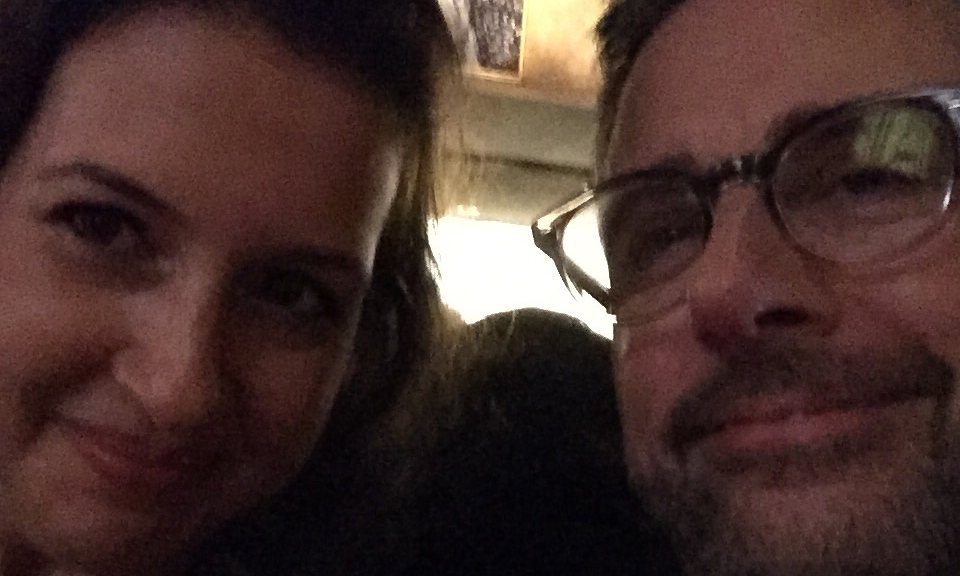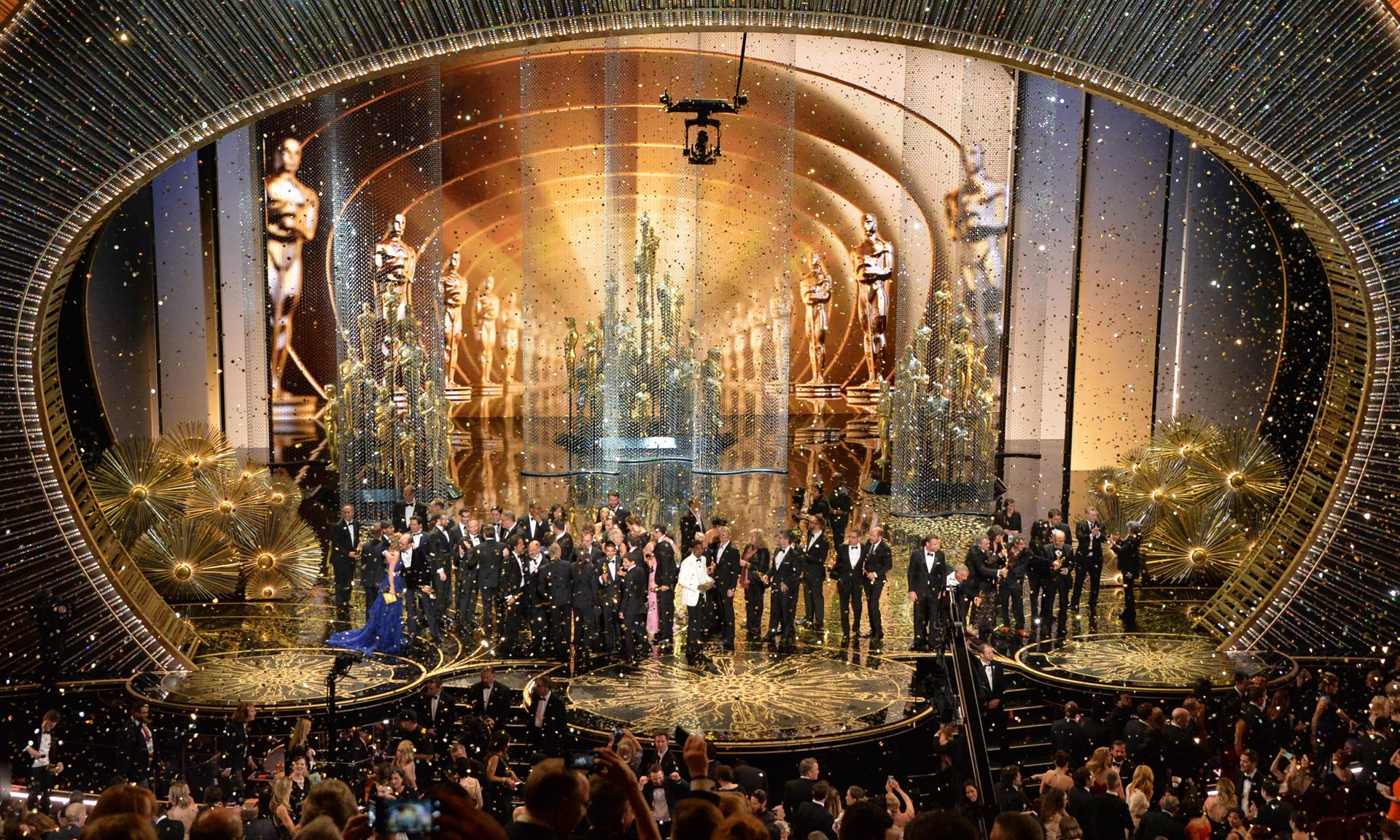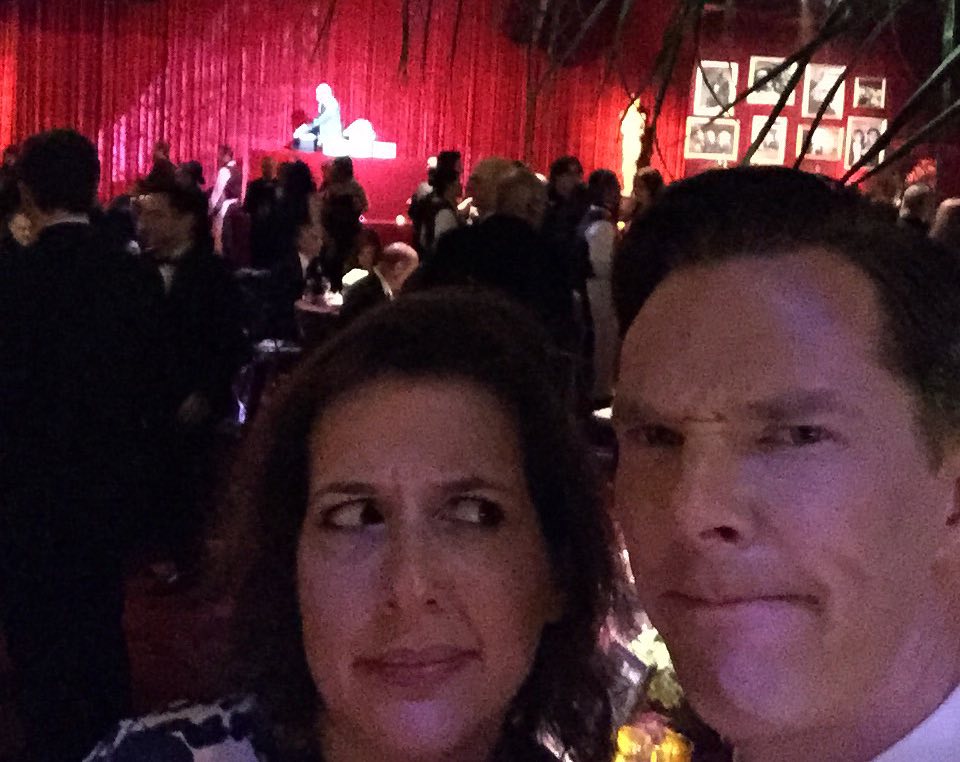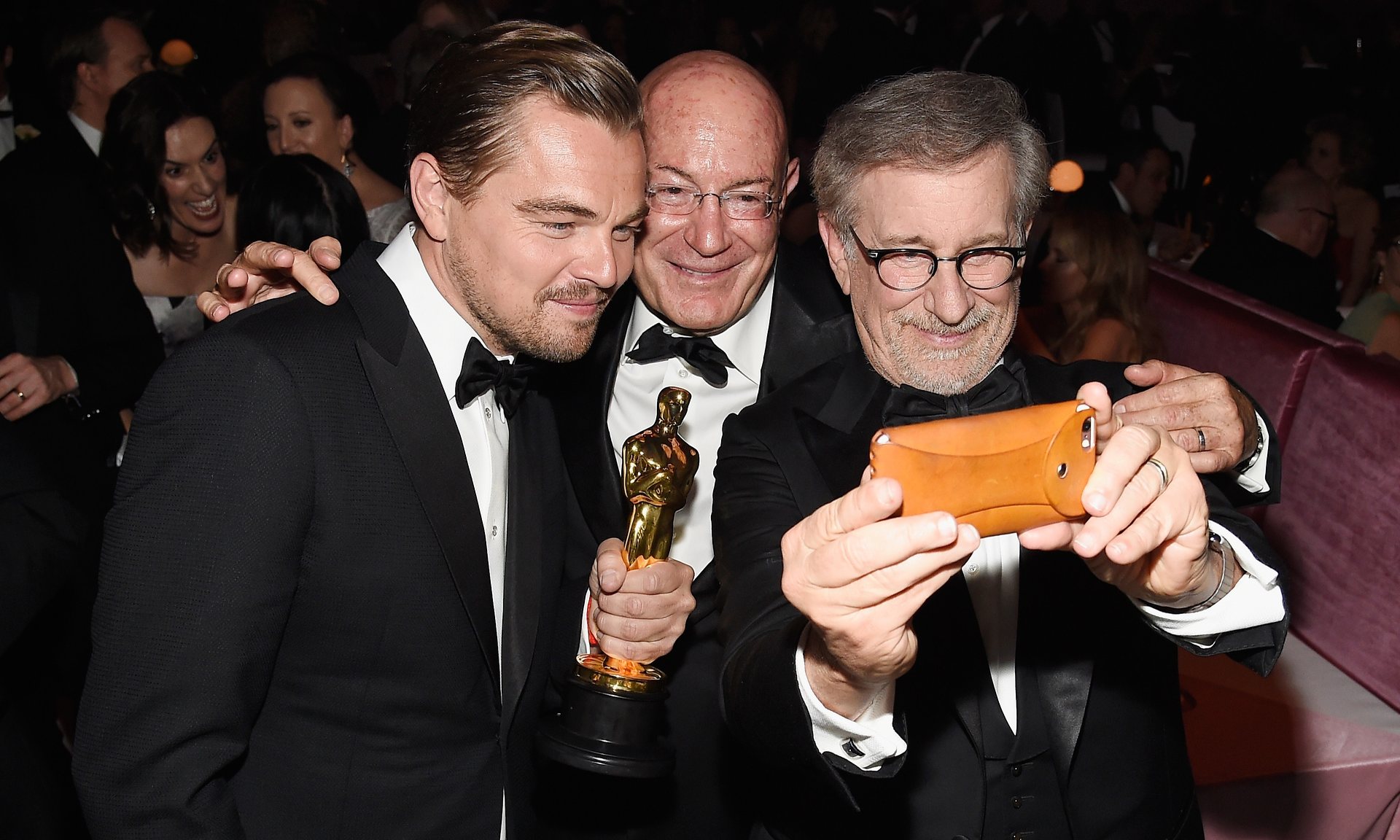Oscars regular Hadley Freeman on why the hottest ticket in Hollywood is even more ridiculous – and wonderful – than TV makes it seem
The cliche about glitzy televised events is that they, like the celebrities, always seem diminished in real life. Movie premieres, fashion shows, the Baftas, the World Cup opening ceremony, Miss UK: I have covered them all for this paper and they look a lot better on TV than in person (yes, Miss UK really was that bad). I guess they benefit from the extra half stone that the camera puts on.
But none of this is true about the Oscars. Up close, the experience is, if anything, even more overwhelmingly ridiculous than what you see on TV.
I have covered the Oscars and its accompanying parties for half a decade, and there was not a year that did not provide the kind of jaw-droppingly surreal moment that makes even the most cynical observer feel the need to text every single person in their phone. Jane Fonda bitching at the bar about a certain actor? Tony Bennett yukking it up with Smokey Robinson in a corner? Bill Murraypicking up Amy Poehler and turning her upside down? You got it, and would you like a side of Patrick Stewart throwing shapes on the dancefloor to Abba with that? What makes the Oscars feel different is that the celebrities are genuinely excited to be there, and this makes the stars themselves a lot more fun than they usually are.

That is not to say that going to the show is entirely glamorous. For a start, you arrive in the middle of the afternoon, meaning you have to schlep in full makeup and black tie up Hollywood Boulevard (pretty much the LA equivalent of Leicester Square) to the Dolby Theater at three o’clock on a Sunday, which always feels a bit walk of shame-y. On top of that, the theatre is attached to a shopping mall, the Hollywood and Highland Center, and I can think of a few better ways to get into the party mood than hiking past an Aldo’s shoe store and Auntie Anne’s Pretzels in your high heels.
But anyone who tells you that going to the Oscars is a drag is being about as honest as a nominee who claims not to care about winning. Even the usual obnoxiously hierarchical element that you find at any celebrity shindig doesn’t kill the buzz, although it is certainly present. After being hustled up the red carpet by security so as not to ruin any photographs of the A-listers with your hideously non-A-list face, guests are divided into two categories in the theatre: the stars are sent downstairs to their seats on the stage level, where they – well, I have no idea what they do, because I have never been nominated for an Oscar and so have never gone downstairs. The peasants (journalists, extended family and friends of the nominees, and second-tier studio employees) are sent upstairs to the nosebleed seats, where they look down and try to spot the celebrities below, hang out at the bar and take A LOT of selfies.

I’ve pondered why the celebrity feudal system – stars v nobodies – isn’t quite as irritating at the Oscars as it usually is, and I think the answer is that the stars aren’t, actually, for once, feted as the most important people there. The Oscars is not really about the celebrities. It is not even about the movies, as anyone who remembers some of the past winners knows. (I mean, Argo? Please.) The Oscars is about the Oscars, and, boy, do they let you know it: throughout the evening there are constant references to its heritage, its legacy, its earth-shattering importance. And hell, this sales pitch does seem to work. Celebrities are even eager to talk to the press – in marked contrast to how they usually are at public events, which is itchily wary of journalists and visibly bored out of their brains. But the point is that there is something levelling about the fact that the stars are being used to service the Oscars brand as much as the audience.
And of course, the celebrities are a lot less important to the Oscars’ survival than the audience – something you really only appreciate by being there. This is very much an event for the TV audience, which means that the action stops suddenly every 15 minutes or so for the all-important advert breaks. This is great for making money for the Oscars and the networks; less so for maintaining momentum in the theatre. But it did prove spectacularly useful last time I covered the ceremony, because I had appalling morning sickness, and had to vomit about every 15 minutes. I like to think the sound of me heaving up my guts during every break really added to the grandeur of the moment for all the other women in the loo, fixing their lipliner in their full-length gowns.
Once the ceremony is done, everyone is shepherded, like children on a school trip in a museum, to the Governors Ball, which is the official (read: stuffy) afterparty, which is held in the same building. It’s at this point that the hierarchies really come crashing down, because everyone shuffles along together. Last time I went, I walked between Eddie Murphy and Kevin Hart on the one side, and, Bruce and Laura Dern on the other. (Hart and the Derns were extremely friendly; Murphy, heartbreakingly, was not.) At the ball, the major movie nominees are grouped together by table, and there is always surprisingly little mixing between them – Oscars parties are as cliquey as a cafeteria in an 80s teen movie – while the winners pose for selfies with their trophies and the losers pretend not to care. Two years ago, I almost broke Julianne Moore’s toe because I hadn’t realised she had stopped to take a photo of herself with her Oscar instead of doing what I was doing, which was heading to the bar. Otherwise, people pretend to eat rich-people food (invariably cooked by Wolfgang Puck) and pretend to dance to rich-people music (random DJs; Will.I.Am) before rushing out to find their limos and getting on to the main point of the evening which is, of course, the parties.

The most famous of these is the Vanity Fair bash, mainly because it’s one of the few that allows journalists to attend so it gets the most media coverage. And fair play to Graydon Carter, the Vanity Fair party is quite an experience. I’ve seen celebrities doing drugs in there (just weed, calm down), celebrities making out with people other than their spouses and even, in what was perhaps my most surreal Oscars experience, Alex Ferguson looking more than a little flummoxed as he stood between Jennifer Lawrence and Emma Stone at the bar. The most amusing part is seeing who gets starstruck by whom; as soon as Benedict Cumberbatch arrived in 2015, for example, Judd Apatow and Jared Leto nearly came to blows in their rush to introduce themselves to him.
But the best party is the one at the house of Guy Oseary, Madonna’s manager. This, apparently, is where all the fun happens: where Prince once did an impromptu session, where the Rolling Stones jammed with Paul McCartney, where celebrity orgies happen on stairways – talk to any Hollywood insider during Oscars week and they’ll boast about their increasingly implausible Oseary party anecdotes.
And for all I know, they’re entirely true, because, of course, I’ve never been able to get into the party – which is how it should be. After all, if the Oscars didn’t maintain some kind of Hollywood mystery, it would just be another awards show. Heaven forfend.
By Hadley Freeman







